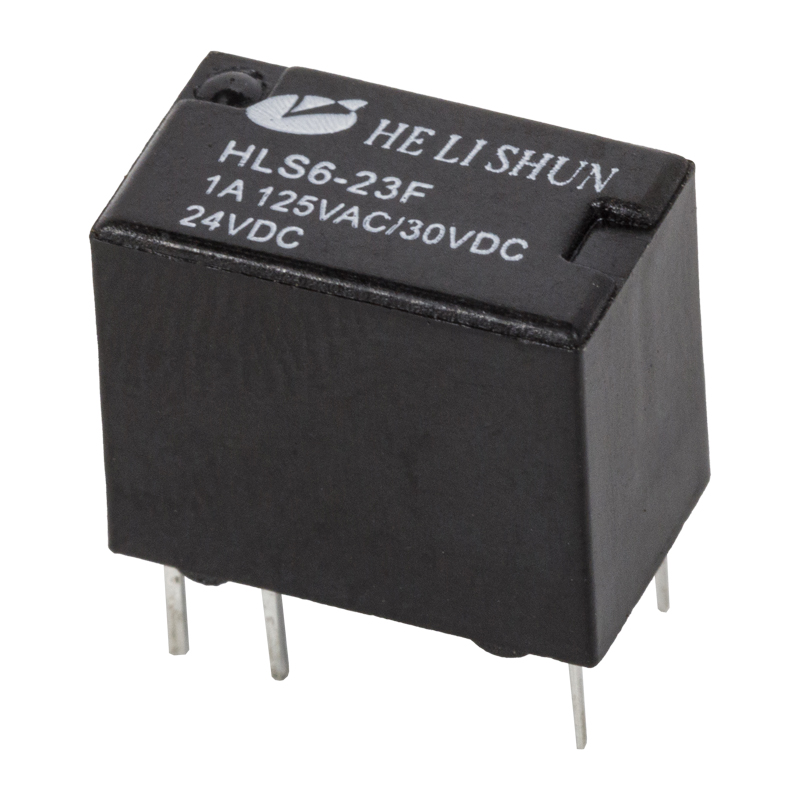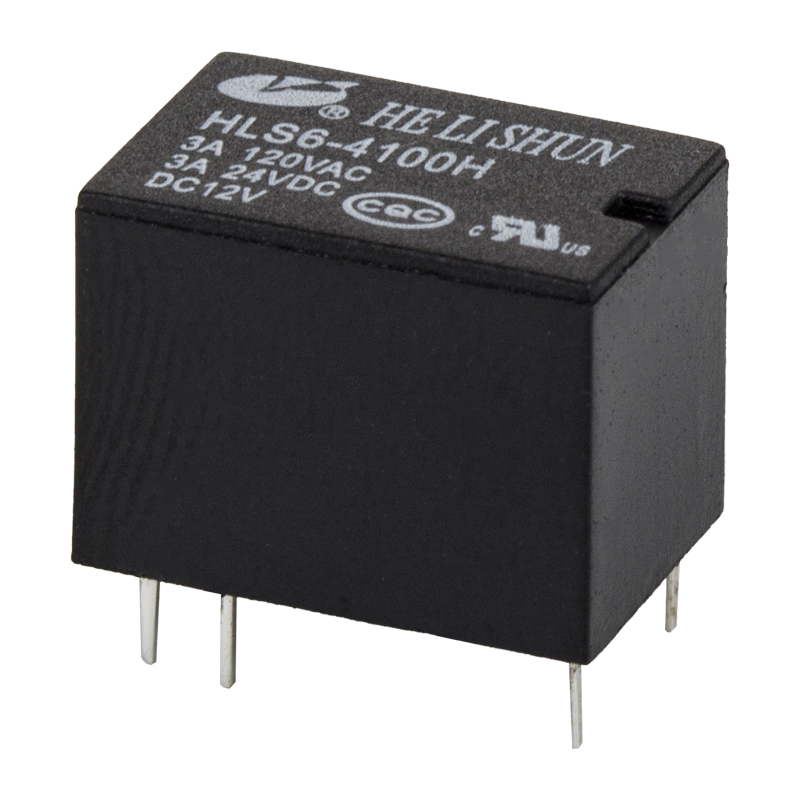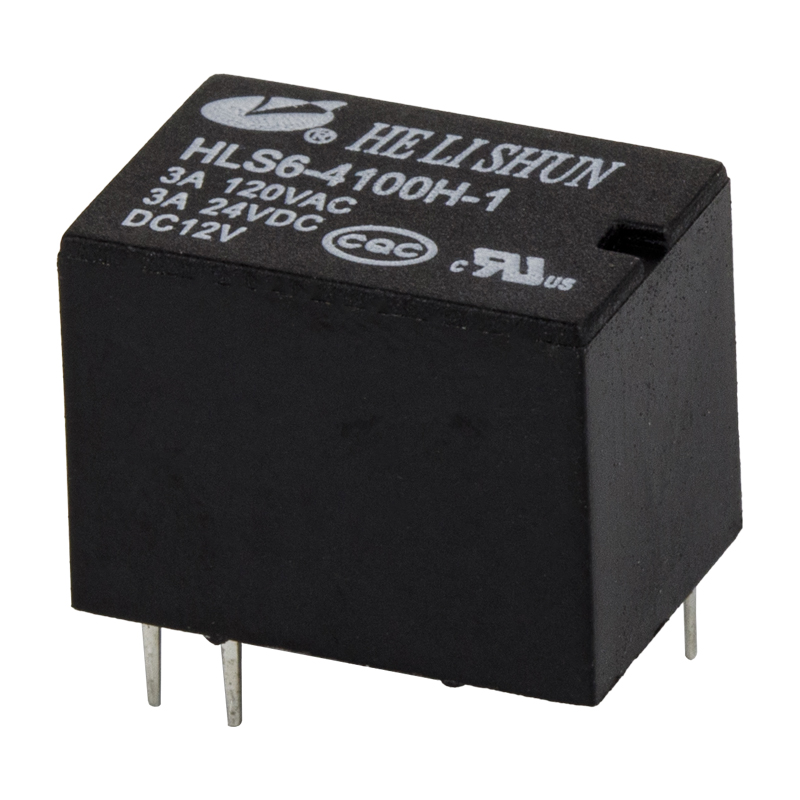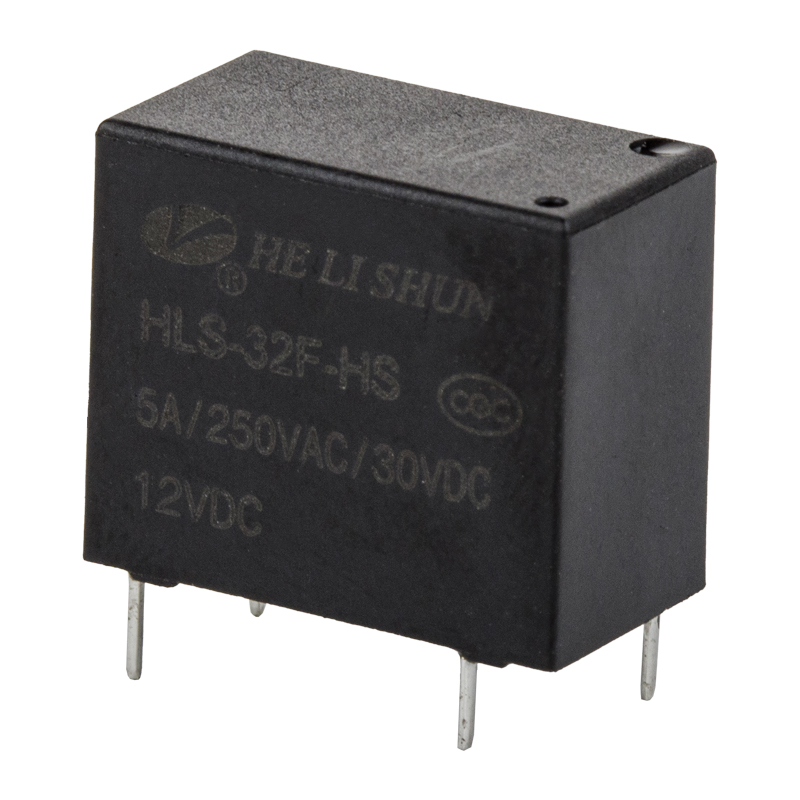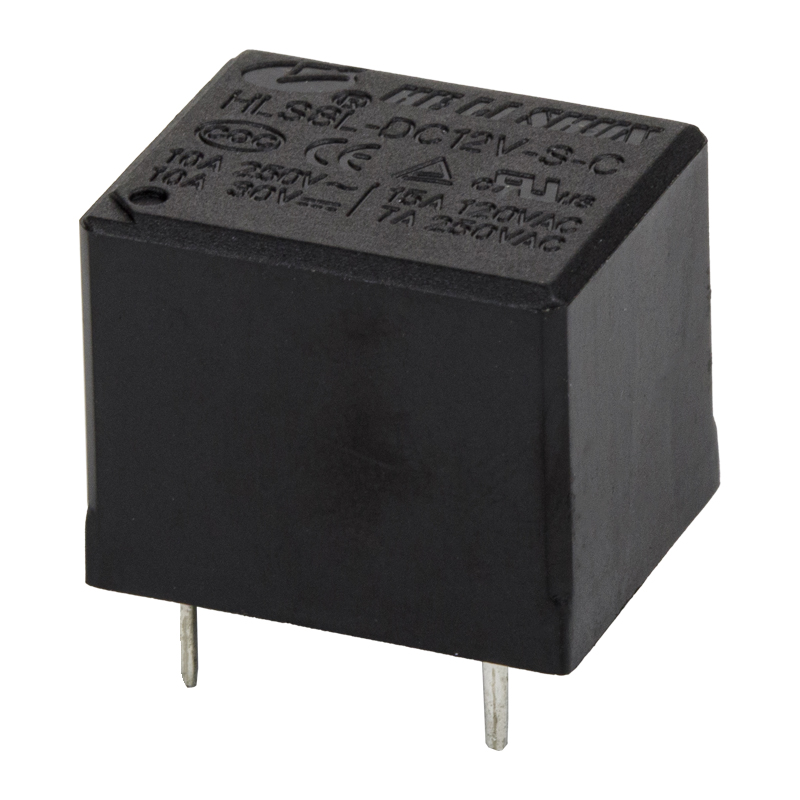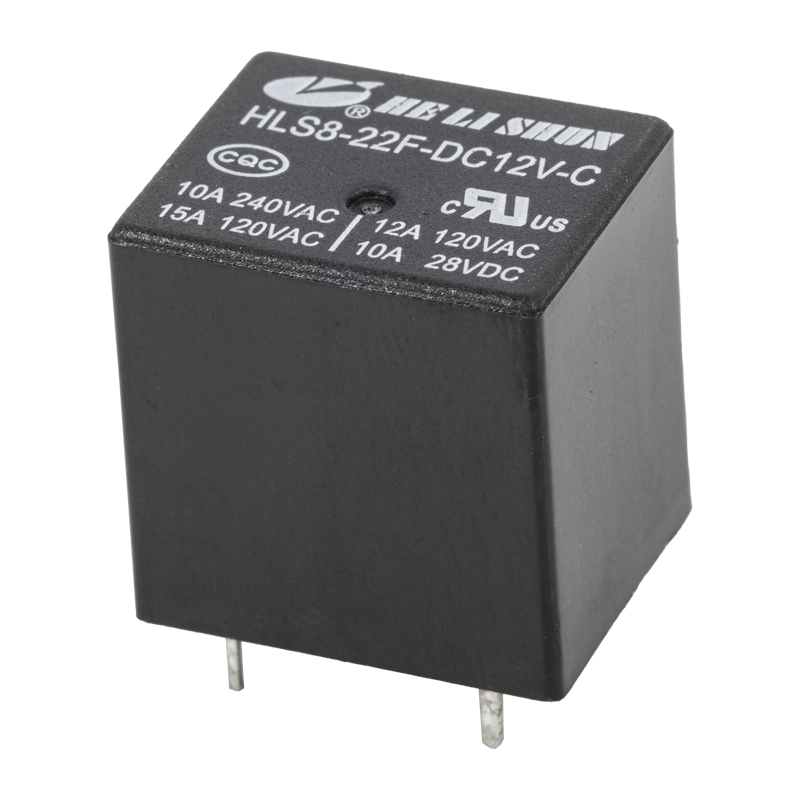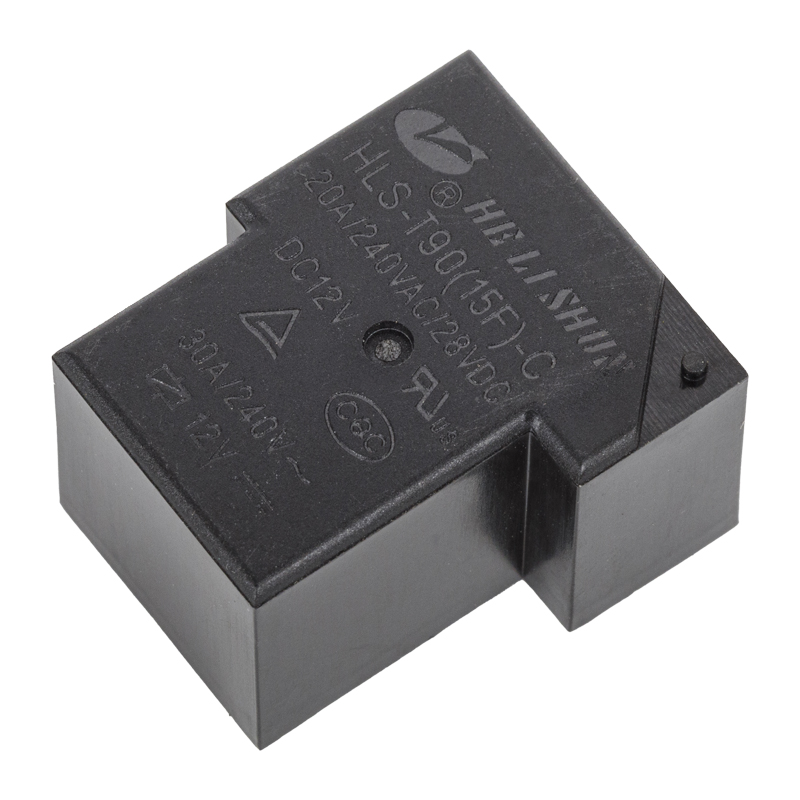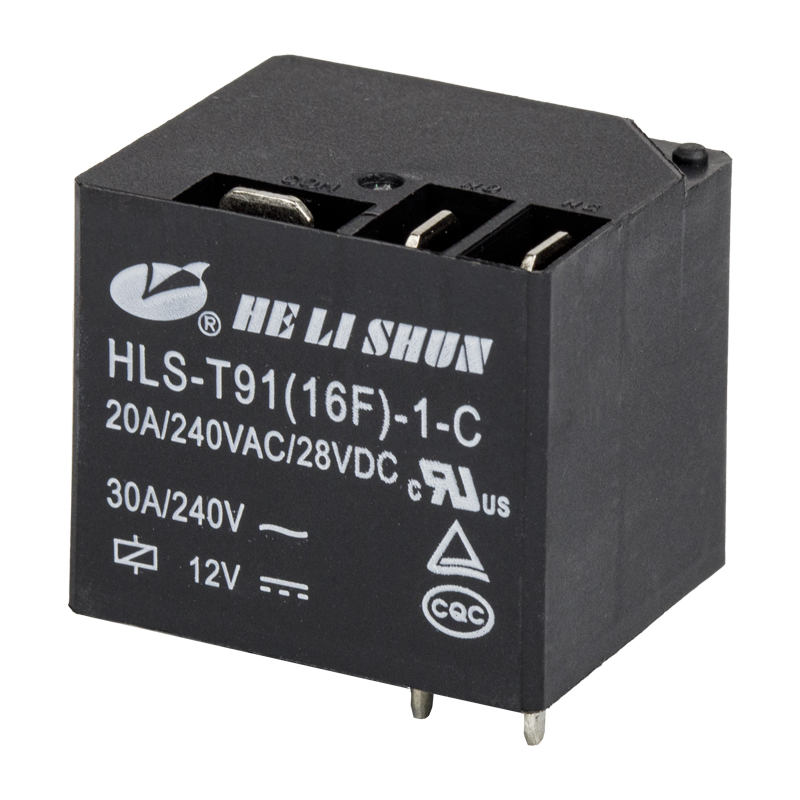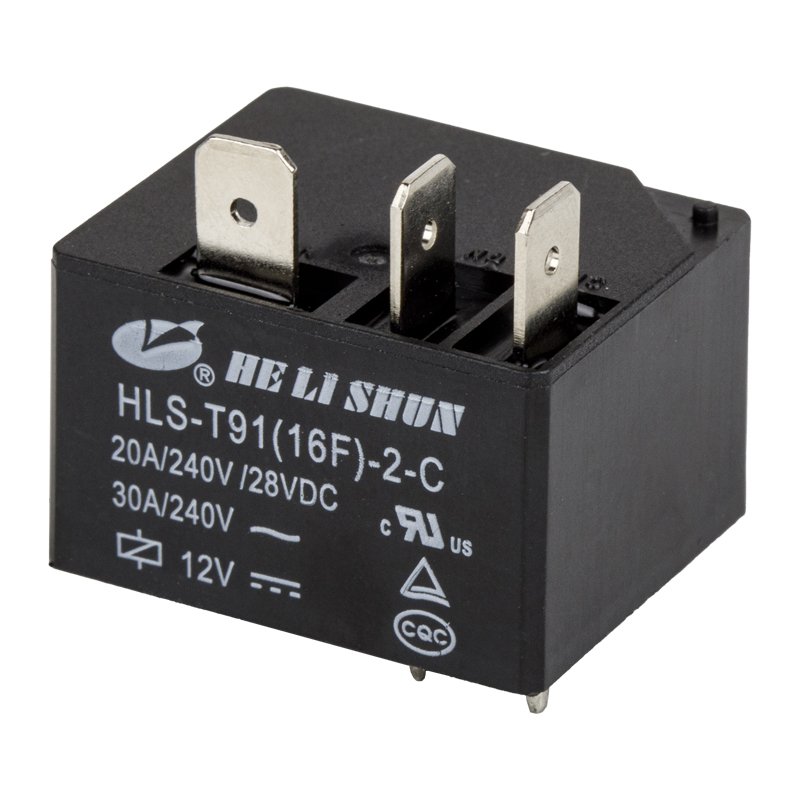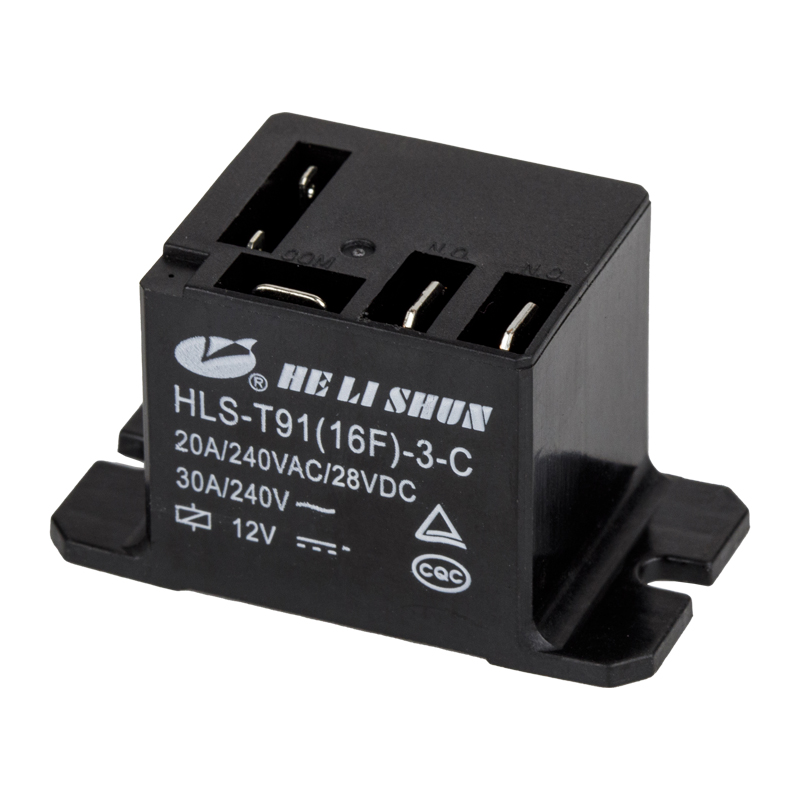The environmental humidity requirement for this automotive relay is 40-85% relative humidity. This range is one of the key parameters for the relay to operate stably under normal working conditions. In actual applications, humidity not only affects the electrical performance of the relay, but may also affect its mechanical structure and insulation performance, so it must be strictly controlled within the recommended range.
This is the applicable humidity range for relays in most common use environments. This range covers most temperate and tropical climate conditions and is suitable for the installation and operation environment of most automotive electronic systems.
In high temperature environments, humidity tends to reach high levels, so it is recommended to control the environmental humidity below 85% RH. If the humidity exceeds 85%, especially under high temperature conditions, the insulation material inside the relay may reduce its insulation performance due to moisture absorption, increasing the risk of leakage or short circuit. In low temperature environments, the humidity is usually low, but if the humidity is too low, it may cause static electricity accumulation in the internal components of the relay due to dryness, affecting the conduction performance of its contacts, and even causing malfunctions or poor contact.
The performance of the relay is not only affected by humidity, but also closely related to temperature. Under different temperature conditions, the control requirements for humidity are also different, and it is recommended that the relative humidity should not exceed 90%. If the humidity exceeds 90%, the moisture in the air will easily condense inside the relay, especially when the relay is powered on or off, the temperature change may cause condensation to form inside, causing short circuit or corrosion problems. In addition, high humidity may also reduce the insulation resistance of the relay and affect its electrical performance.
It is recommended that the relative humidity should not exceed 20%. In a low temperature environment, the moisture content in the air is low, but if the humidity is too high, ice crystals may form on the surface or inside the relay, resulting in poor contact or mechanical parts stuck. In addition, high humidity may cause condensation at low temperatures, further affecting the stability of the relay.
High humidity will cause the insulation material inside the relay to absorb moisture, reduce its insulation resistance, increase the risk of leakage, and even cause a short circuit. When the humidity is too high, moisture may enter the contact area of the relay, causing metal oxidation or corrosion, which in turn causes increased contact resistance, contact ablation or short circuit.
In a high humidity environment for a long time, the plastic housing, terminal blocks and other parts of the relay may swell or deform due to moisture absorption, affecting its sealing and mechanical stability. Under high humidity conditions, the conduction performance of the relay may be unstable, resulting in malfunction or delayed operation, affecting the normal operation of the automotive electronic system.




 English
English 中文简体
中文简体
